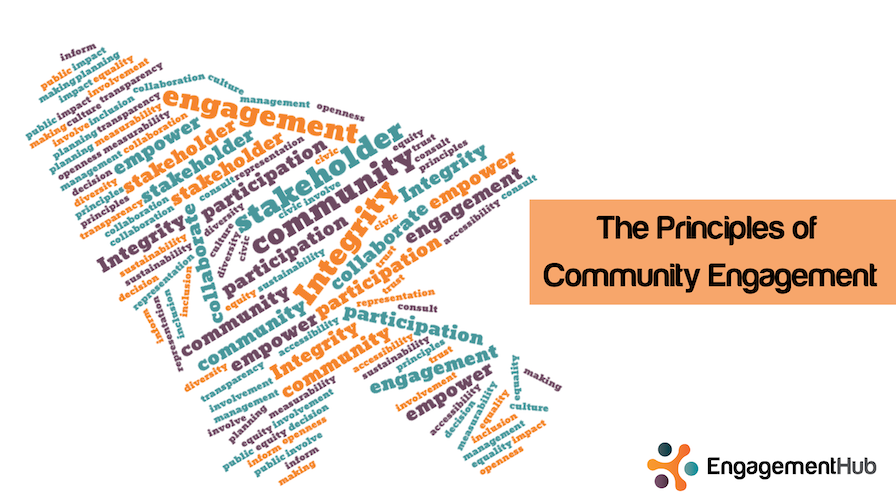Why AI isn’t ready to replace humans in Qualitative & Sentiment Analysis
AI is everywhere. It promises productivity gains, cost savings, and a reduced need for specialist staff. Just ask AI, and it will deliver.
But while AI has many impressive applications, its benefits are not universal, and its risks are real. When it comes to qualitative analysis of stakeholder and community feedback — particularly sentiment analysis — relying on AI can create more problems than it solves.
At Engagement Hub, we take a different approach. We believe in enabling organisations to extract robust insights while keeping human expertise at the core. Here’s why.
1. Words Aren’t Simple
Qualitative analysis is about more than counting words. It’s about interpreting meaning in context. AI struggles with:
- Colloquialisms and slang – Words change meaning across demographics.
- Polysemy – Words with opposite meanings depending on context (“sick” can mean excellent or unwell).
- Units of analysis – AI often misjudges sentence or paragraph importance, leading to skewed results.
- Multiple themes in one response – AI can’t reliably break down compound ideas.
- Lack of punctuation – Small errors dramatically impact automated coding.
2. Context & Polarity Issues
Sentiment depends on surrounding context:
- “This proposal is better than your usual ones” — is this praise, or a backhanded critique?
- “Classy” — is it positive or sarcastic?
- Emojis shift meaning across generations: a 👍 may mean approval to one group, passive-aggression to another.
AI regularly misclassifies nuance, irony, and sarcasm — high risk when decisions depend on getting it right.
3. Productivity Losses
Despite the hype, AI often slows down analysis. Every output must be checked for accuracy, hallucinations, and bias. Cleaning data for AI (typos, punctuation, formatting) also adds time. In practice, human coders are usually faster and more reliable.
4. HR & Workforce Costs
Far from replacing staff, AI can increase labour costs. You’ll need:
- Staff to double-check AI outputs.
- New roles like Prompt Engineers or AI Risk Specialists.
- Higher skill levels across your engagement team.
5. Sustainability & Environmental Costs
AI consumes massive amounts of energy and water and are burdening the infrastructure system. Initially this was an issue for organisations with sustainability targets, and it is increasingly becoming an issue for sustainability of the overall IT infrastructure.
6. Assumptions & Bias
AI is trained on datasets that may not reflect your community. This means:
- Biases from global or social media data seep into analysis.
- Outputs risk misrepresenting minority groups.
- You cannot always explain or audit AI’s decision-making.
7. Reliability Gaps
AI still “hallucinates,” fabricating facts or misclassifying content. For community engagement — where decisions affect policy, funding, or trust — these mistakes can be politically and socially damaging.
8. Consent & Privacy
Using AI on identifiable feedback raises legal and ethical issues. Communities may be reluctant to engage if they believe their words are being stored and repurposed by AI without explicit consent.
9. Legislative Risk
Global regulations are tightening:
- The EU AI Act (2024) classifies many sentiment analysis uses as “high risk” or even “unacceptable risk.”
- Australia is reviewing legislation post-Robodebt, with AI in government decision-making under heavy scrutiny.
10. Relevance of Training Data
AI is trained on large language models that may not match your community’s unique context. If your population differs from the model’s training data, misclassification is inevitable.
11. Copyright & Identity Risks
Using community feedback to train AI raises ownership issues. Just as artists are challenging unauthorised use of their work to replicate their own, individuals may object to their words being used to train AI to mimic them.
12. Political Risk
If AI-led analysis produces flawed insights, public trust suffers. Misinterpretation of community sentiment can escalate into political scandals, erode confidence in consultation, and damage reputations.
13. Technological & Ethical Debt
The “it’ll be fine” mindset has led to disasters like Robodebt, where overreliance on flawed automation caused huge social and financial damage. AI in engagement must be handled with caution — oversight is non-negotiable.
14. Australia’s Catch-Up on AI Legislation
Australia lags behind the EU and US but is moving quickly to regulate AI after recent high-profile failures. Organisations using AI for engagement risk becoming compliance test cases.
Conclusion: Why Engagement Hub Takes a Human-First Approach
The risks of AI-led qualitative and sentiment analysis — bias, misclassification, legislative exposure, reputational damage — currently outweigh the benefits.
At Engagement Hub, we’ve designed tools that keep humans in control while still delivering speed and clarity. Our built-in content tagging system allows clients to:
- Quickly code and categorise feedback.
- Create new, merge and adapt themes as insights evolve.
- Turn qualitative feedback into quantitative outputs you can trust.
AI will keep evolving, but for now, when it comes to analysing your community’s voice, nothing replaces human judgement. With Engagement Hub, you get the best of both worlds: efficiency, clarity, and the accuracy that only skilled engagement professionals can deliver.
👉 Contact us for a demo to see how Engagement Hub transforms qualitative analysis into actionable insight — safely, transparently, and with integrity.





